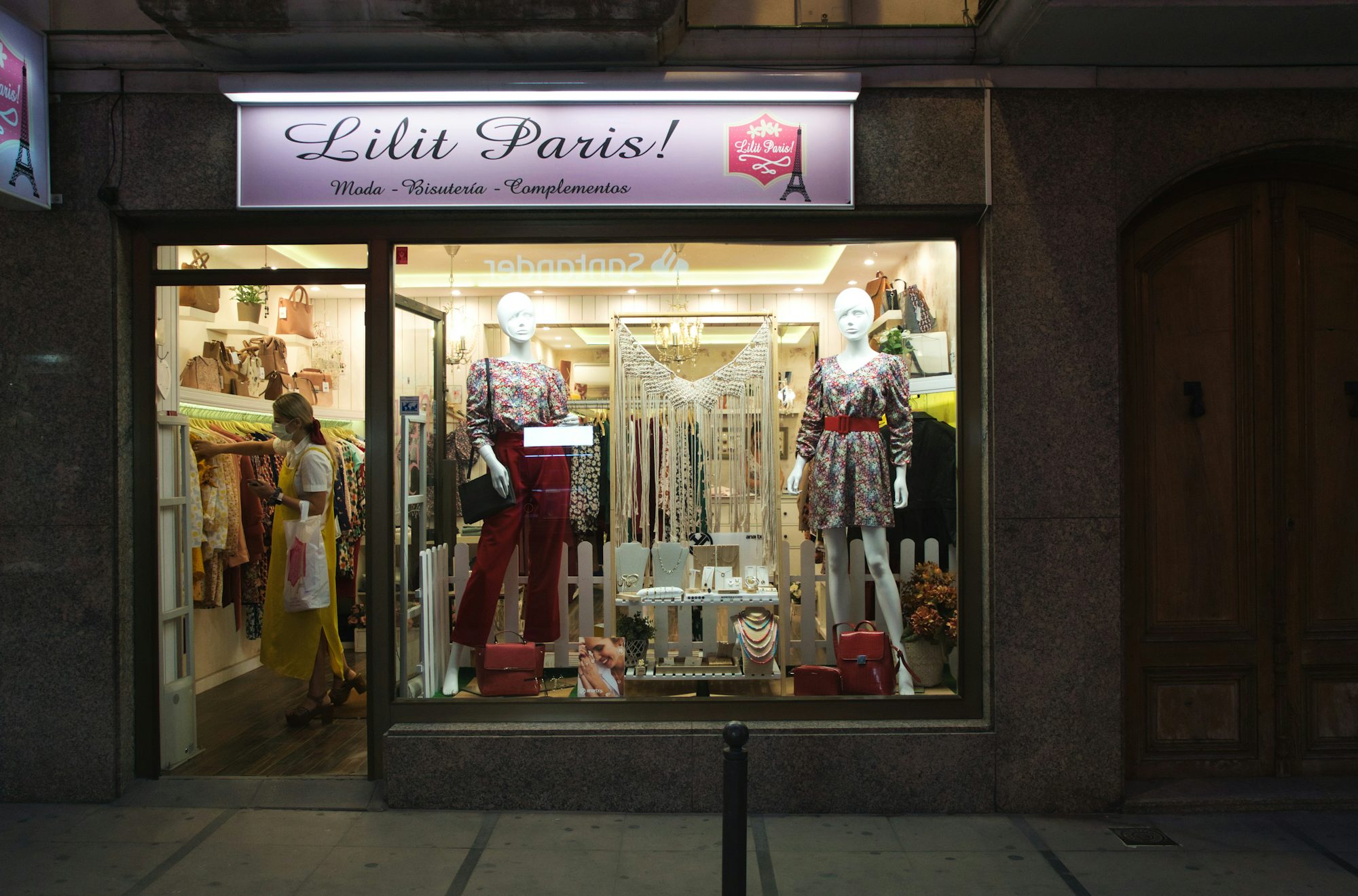The retail landscape is undergoing a significant transformation as it adapts to new consumer behaviors, technological advancements, and the demand for more personalized experiences. As we look towards the future, it’s crucial to understand the trends that are reshaping how retailers operate and how consumers interact with brands. This article examines the pivotal changes in the retail sector, exploring the intersection of technology, consumer engagement, and the importance of creating memorable shopping experiences.\n\n The Shift in Consumer Behavior\nIn recent years, consumer behavior has shifted dramatically, influenced by technological advancements and changing societal values. Today’s shoppers are more informed and empowered than ever, using digital platforms to research products, compare prices, and read reviews before making a purchase. This informed consumer base expects not only quality products but also seamless experiences that cater to their preferences and lifestyles.\n\nOne significant trend is the increasing preference for online shopping. While physical stores remain important, consumers are gravitating towards the convenience of e-commerce. Retailers are responding by enhancing their online platforms, ensuring that shopping is easy, intuitive, and engaging. This includes optimizing websites for mobile devices, offering user-friendly navigation, and providing detailed product information. As a result, retailers are finding innovative ways to integrate online and offline experiences to meet the expectations of today’s consumers.\n\n Technology as a Game Changer\nTechnology continues to play a critical role in transforming the retail sector. From artificial intelligence (AI) to augmented reality (AR), retailers are leveraging technological innovations to enhance the shopping experience. AI is revolutionizing how retailers understand consumer behavior, allowing them to analyze data to create personalized marketing strategies and recommendations.\n\nFor example, many e-commerce platforms now use AI algorithms to suggest products based on a customer’s browsing history and previous purchases. This level of personalization not only improves customer satisfaction but also increases sales conversion rates. Additionally, AR technology is becoming increasingly popular in retail, enabling consumers to visualize products in their own environments. For instance, furniture retailers are using AR to allow customers to see how a piece of furniture will look in their homes before making a purchase. This interactive experience enhances confidence in buying decisions, ultimately driving sales.\n\n The Importance of Omnichannel Strategies\nAs consumers navigate between various shopping channels, the importance of omnichannel strategies cannot be overstated. Retailers must create a seamless experience that allows customers to move effortlessly between online and offline platforms. An effective omnichannel approach not only enhances convenience but also fosters brand loyalty.\n\nMany retailers are implementing click-and-collect options, allowing customers to purchase items online and pick them up in-store. This method not only streamlines the shopping process but also drives foot traffic to physical locations, increasing opportunities for additional sales. Furthermore, integrating customer relationship management (CRM) systems enables retailers to maintain consistent communication with their customers across different channels, fostering deeper connections and personalized experiences.\n\n Creating Memorable Shopping Experiences\nIn a competitive retail environment, creating memorable shopping experiences is essential for attracting and retaining customers. As consumers seek more than just products, retailers are transforming their spaces into experiential hubs. This trend reflects the growing desire for interactive and engaging environments that foster connections and community.\n\nRetailers are increasingly hosting events, workshops, and demonstrations that allow customers to interact with products in meaningful ways. For example, cooking supply stores may offer cooking classes, while craft stores might host DIY workshops. These experiences not only provide value to customers but also create lasting impressions that encourage repeat visits. Additionally, retailers that focus on creating visually appealing and immersive environments can enhance the overall shopping experience, making it more enjoyable and memorable.\n\n Sustainability: A Key Consideration\nAs consumers become more environmentally conscious, sustainability has emerged as a key consideration in retail. Shoppers are increasingly looking for brands that prioritize ethical practices and sustainability in their operations. Retailers are responding by adopting eco-friendly initiatives, from sustainable sourcing and packaging to reducing waste. \n\nMany brands are now transparent about their supply chains, providing customers with information about the materials used and the impact of their products on the environment. This commitment to sustainability not only resonates with eco-conscious consumers but also builds trust and loyalty. Retailers that embrace sustainable practices can differentiate themselves in a crowded market, appealing to consumers who prioritize values that align with their own.\n\n The Role of Social Media in Retail Success\nSocial media has become a powerful tool for retailers, enabling them to engage with customers and promote their brands in creative ways. Platforms like Instagram, Facebook, and TikTok allow retailers to showcase products, share brand stories, and connect with their audience. User-generated content is particularly influential, as it provides authentic testimonials that resonate with potential customers.\n\nRetailers are increasingly collaborating with influencers and brand ambassadors to reach wider audiences and drive engagement. These partnerships not only enhance brand visibility but also create a sense of community among consumers. By effectively utilizing social media, retailers can build relationships with their customers and foster brand loyalty, making it an essential component of modern retail strategies.\n\n The Future of Retail: Adaptability and Innovation\nAs the retail landscape continues to evolve, adaptability will be crucial for success. Retailers must remain agile, embracing new technologies and consumer trends to stay ahead of the competition. The ongoing shift towards digital shopping emphasizes the need for retailers to invest in their online platforms while also enhancing in-store experiences.\n\nMoreover, the recent global shifts have highlighted the importance of resilience in the retail sector. Retailers that can quickly pivot in response to changing consumer needs, whether by adopting new technologies or shifting product offerings, will be better positioned to thrive. The future of retail lies in understanding that shopping is not just about transactions; it is about creating meaningful connections and experiences that resonate with consumers.\n\n Conclusion\nNavigating the new normal in retail requires a focus on innovation, consumer engagement, and sustainability. As retailers adapt to the evolving landscape, they must prioritize creating seamless, personalized experiences that meet the expectations of today’s consumers. By leveraging technology, fostering community connections, and embracing sustainability, retailers can not only thrive in this competitive environment but also build lasting relationships with their customers. The future of retail is bright for those willing to embrace change and prioritize the needs of their consumers.





